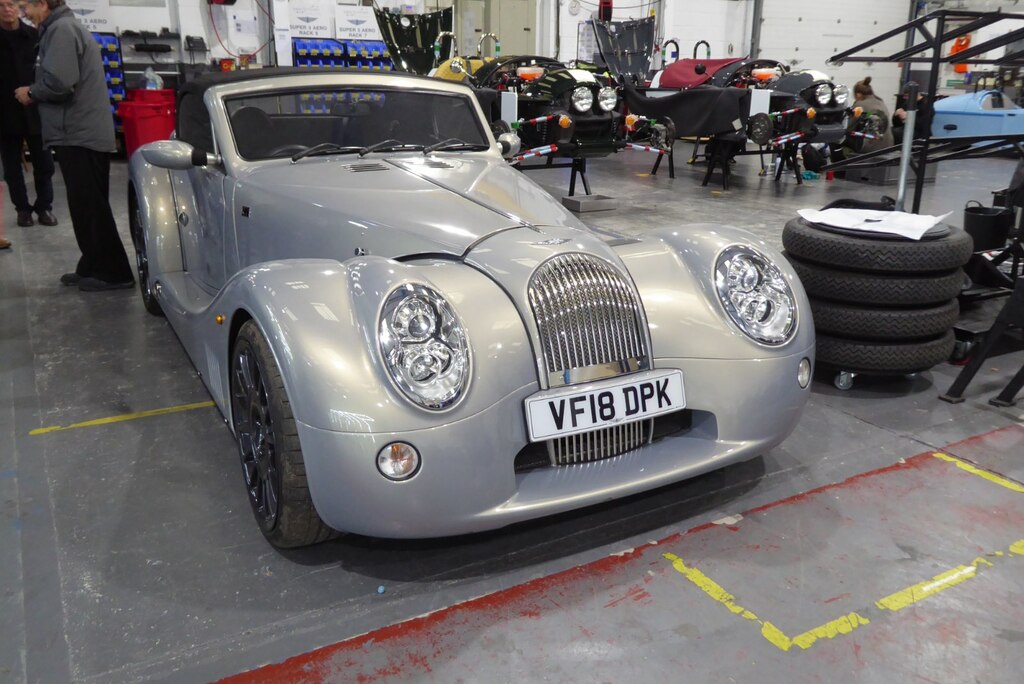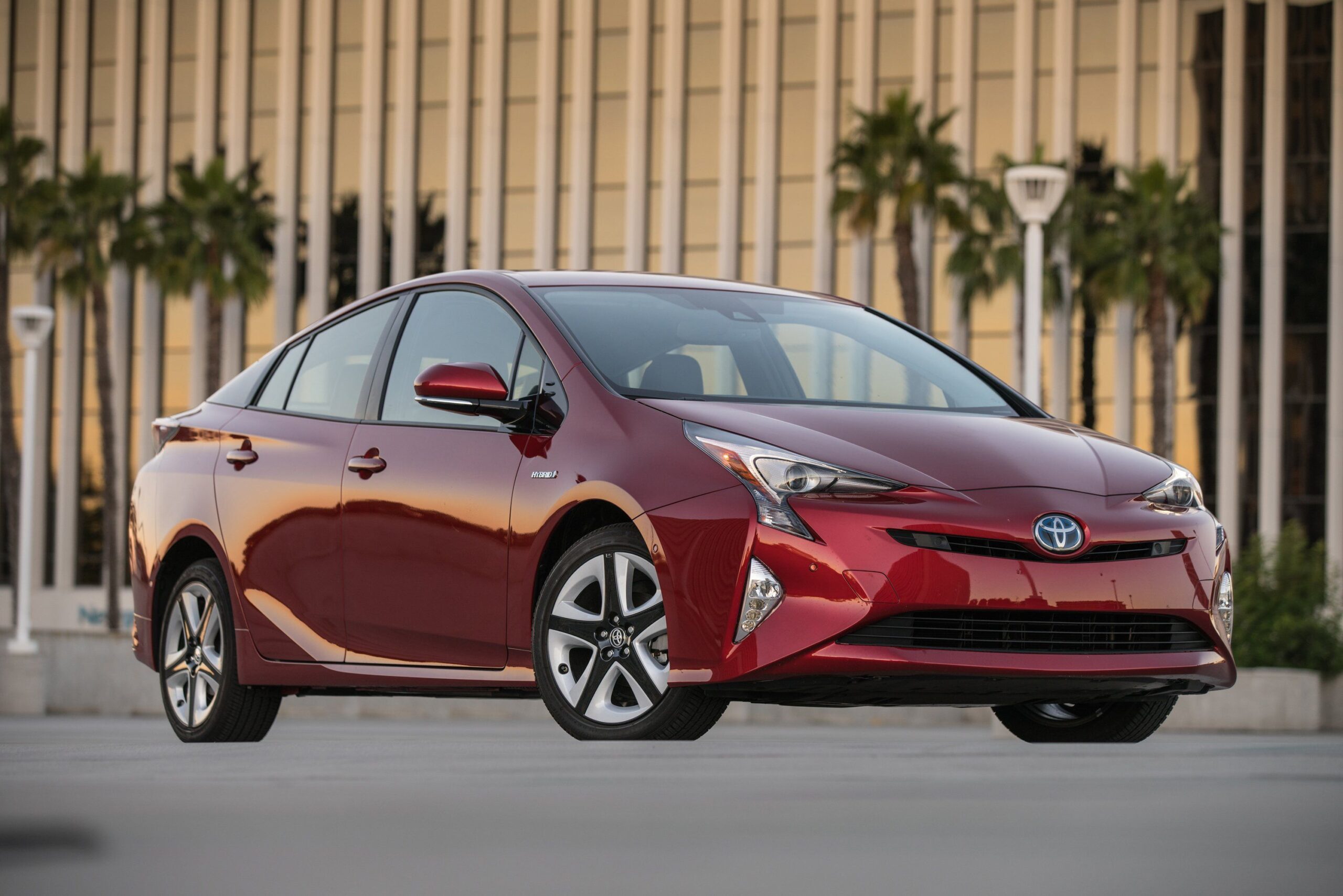
Hybrid vehicles have earned a significant place in the automotive market, lauded for their enhanced fuel efficiency and a promise of a greener drive. By combining a conventional gasoline engine with an electric motor and an advanced battery system, these vehicles offer an appealing blend of innovation and practicality. This sophisticated engineering, however, introduces a layer of complexity that prospective and current owners must thoroughly understand, particularly concerning potential long-term maintenance and repair costs. The initial financial benefits derived from reduced fuel consumption can sometimes be overshadowed by unexpected, substantial expenses if the unique needs of a hybrid are overlooked.
As Steve, a seasoned mechanic with over two decades of experience, rightly observes, “Don’t get me wrong—I love hybrids. They’re fuel-efficient, quiet, and if you treat them right, they’ll last you a long time.” Yet, he quickly points out a crucial caveat: “But here’s the thing most people don’t realize until it’s too late: hybrid repairs can get expensive.” This sentiment underscores a common misconception that hybrids are simply more efficient versions of gasoline cars, without appreciating the specialized, high-voltage components that are integral to their operation. These distinct systems differentiate hybrid maintenance from that of traditional vehicles, often leading to significantly higher repair bills for critical failures.
Unlike the modest cost of replacing a standard 12-volt battery in a gas-powered car—typically around $100 at a local auto parts store—a failed propulsion battery pack in a hybrid vehicle can incur costs reaching into the thousands of dollars. This substantial expense can negate the financial savings initially sought by hybrid owners, transforming the vehicle into an unexpected “money pit.” This comprehensive guide aims to illuminate these potential financial burdens by detailing the most common and costly hybrid repairs, explaining the underlying causes, and providing clear indicators that signal impending issues. Equipping yourself with this knowledge is essential for informed decision-making and ensuring your hybrid remains a valuable, economical asset.

1. **The High Cost of Hybrid Battery Replacement**The prospect of replacing a hybrid battery is often the most daunting concern for owners, and for good reason: it represents a significant financial outlay. While the exact cost can vary widely, typical hybrid battery replacement can cost around $4,000, although this figure can fluctuate by vehicle make and model. Some expert insights reveal that the overall range for replacement often falls between $2,000 and $8,000. For those seeking a less expensive alternative, a refurbished battery pack generally presents a more budget-friendly option, though it still constitutes a substantial investment.
Breaking down the replacement cost further, the battery unit itself can range from $1,500 to $4,000, with premium models or those from established manufacturers often residing at the higher end of this spectrum. Labor fees for the installation add another layer to the expense, typically ranging from $100 to $500, contingent on the specific dealership or mechanic’s rates. For instance, a popular model like the Toyota Prius might see replacement costs between $2,500 and $4,000, while luxury hybrids such as the Lexus RX or certain plug-in hybrids could push battery replacement costs beyond $6,000.
Several external factors also influence these considerable costs. Regional pricing differences are common, often dictated by local demand for hybrid parts and the availability of specialized labor. The age of the vehicle plays a role, as older hybrids are inherently more likely to require battery replacement sooner than newer models. Additionally, any existing warranty coverage on the battery can significantly reduce or eliminate out-of-pocket expenses. Therefore, checking a vehicle’s warranty status is a crucial step for any hybrid owner facing a potential battery issue.
Considering whether it is “worth it to replace a hybrid battery” involves weighing these costs against the vehicle’s overall condition. If a faulty battery is the sole significant problem with an otherwise well-maintained car, replacement can undoubtedly restore its efficiency and performance, extending its useful life for another decade or more with a new battery. However, if an aging hybrid is simultaneously experiencing an increasing number of unrelated issues, some owners might decide against the substantial investment in a new power pack. This decision highlights the importance of a holistic assessment of the vehicle’s health.
Ultimately, replacing a hybrid battery can be a significant expense, but understanding the various components of this cost—from the battery unit itself to labor and regional pricing—empowers car owners to prepare financially. Evaluating long-term maintenance costs, including this potential major repair, is a critical aspect of making an informed decision about hybrid ownership. For those who already own a hybrid, being aware of these figures can help in budgeting for future eventualities and appreciating the value of preventative care.
Read more about: Hold Up! 12 Electric Vehicles That Have Owners Wishing for a Do-Over

2. **When Will Your Hybrid Battery Fail? Predicting and Identifying Issues**One of the most pressing questions for hybrid owners, especially those considering a used model, is predicting when the battery might fail. Unfortunately, providing a simple, definitive answer is challenging, as each case often presents unique circumstances. While some drivers have reported battery failure as early as 70,000 miles, others successfully achieve 200,000 miles or more without incident. This variability underscores the importance of not relying on anecdotal outliers but rather understanding broader risk factors.
In practical experience, hybrid batteries generally begin to pose a notable risk when they reach 10 to 15 years of age and have accumulated between 120,000 and 150,000 miles. While reports of batteries lasting well into the 200,000-mile range do exist, it is not advisable to count on these as the norm, particularly for budget-conscious buyers of used hybrids. Importantly, hybrid batteries rarely cease functioning unexpectedly; instead, they typically undergo a gradual degradation over time. Paying close attention to developing symptoms can provide crucial lead time for planning a replacement.
One significant indicator of a declining battery, especially in plug-in hybrids, involves changes in charging habits. If your vehicle begins taking noticeably longer to recharge than it previously did, or if you observe a more rapid discharge rate, these could signal an emerging battery problem. Furthermore, monitoring your hybrid’s gasoline consumption is vital. An unexpected increase in fuel usage, where the car burns through a tank of gas faster and fails to achieve its expected range, should prompt a visit to a service center for a thorough battery health assessment, although other factors can also affect fuel efficiency.
Beyond charging and fuel consumption, several other performance-related signs can indicate battery degradation. Drivers might experience reduced acceleration, noticing a sluggish response when attempting to gain speed efficiently. This occurs because the battery struggles to provide its optimal energy output. Concurrently, an increase in engine noise might be heard, as the gasoline engine is forced to work harder to compensate for the battery’s diminished assistance. These subtle yet persistent changes in vehicle behavior serve as early warnings of potential issues within the hybrid system.
A comprehensive list of symptoms indicating a hybrid car battery’s decline includes reduced overall vehicle performance, the illumination of specific warning lights on the dashboard, the presence of strange noises or smells, consistently increased fuel consumption, a diminished consistency in battery life, and ultimately, an inability to hold a charge effectively. For instance, warning lights, particularly the battery warning light, directly signify problems with the battery management system. According to Toyota, such an illuminated light often means the battery is not meeting required specifications, demanding prompt attention.
Other critical physical signs, like strange noises—hissing, bubbling—or even a burning odor emanating from the battery compartment, can indicate serious issues such as electrolyte leakage or thermal runaway, posing safety hazards. Reduced performance, where the vehicle struggles to accelerate or maintain speed efficiently, directly stems from the battery’s decreased energy output. Studies from the Electric Power Research Institute (EPRI) suggest many lithium-ion batteries can experience a 20% decrease in capacity after approximately five years, directly impacting performance. Consistently diminished battery life, characterized by frequent or unexpected drains, along with an outright inability to hold a charge, are clear and undeniable signs that the hybrid battery is nearing the end of its operational lifespan.
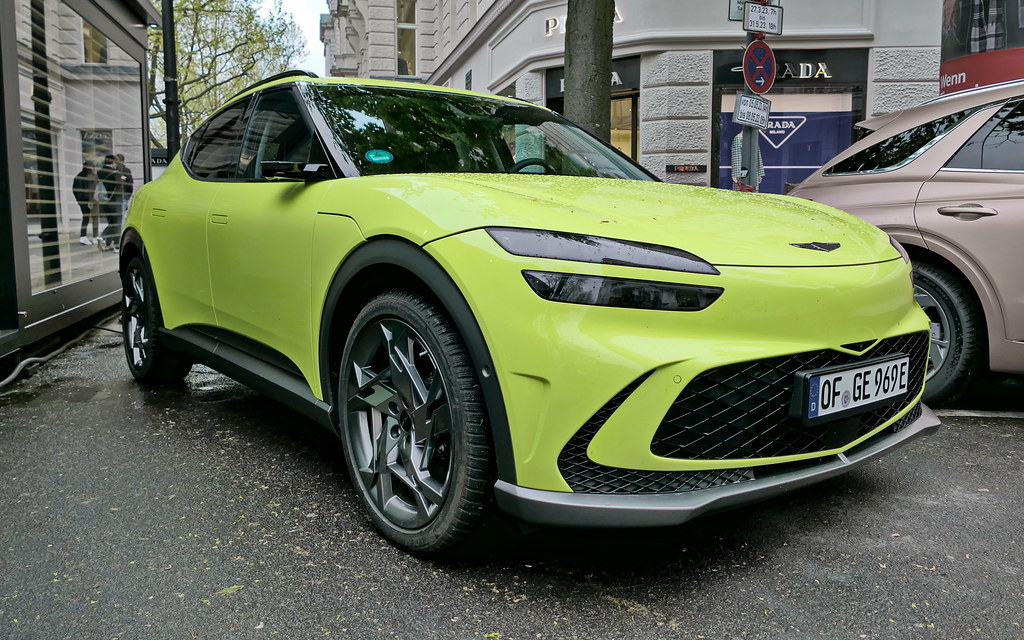
3. **Beyond the Battery: Inverter & Power Electronics Failures**While the hybrid battery often receives the most attention regarding costly repairs, other high-voltage components can also lead to significant financial burdens. Foremost among these is the inverter, which serves as a crucial component in the hybrid’s electrical architecture. As Steve aptly describes it, the inverter acts as “the heart of your hybrid’s electrical system,” converting direct current (DC) from the battery into alternating current (AC) for the electric motor, and vice-versa during regenerative braking. A failure in this intricate system can lead to repair bills ranging from $2,000 to $4,000.
The primary culprits behind inverter failures are often overheating and neglected maintenance. The inverter system generates considerable heat during operation, and if its dedicated cooling mechanisms are compromised or if regular checks are skipped, it can lead to irreparable damage. “Most failures I’ve seen happen because of overheating or neglected maintenance,” Steve notes, emphasizing the preventable nature of many of these costly breakdowns. This highlights that while hybrids are complex, consistent preventative care can significantly mitigate the risk of such severe issues.
A vivid example of this preventative principle comes from Steve’s own experience with a customer named Lisa. Her Toyota Prius displayed a dashboard warning light for months, which she dismissed because the car “was still driving fine.” By the time she brought it in, the inverter system was completely fried. Steve recounts that “What could’ve been a couple hundred bucks in preventative work turned into a bill north of $3,000. Ouch 💸.” This anecdote underscores a critical lesson: ignoring early warning signs and delaying maintenance for seemingly minor issues can quickly escalate into financially devastating repairs for vital hybrid components like the inverter.

4. **The Critical Role of Cooling Systems in Hybrids**The advanced engineering of hybrid vehicles often means they incorporate multiple sophisticated cooling systems, each designed to manage the thermal demands of different components. Unlike a conventional car that typically has one cooling system for its engine, hybrids frequently feature a dedicated system for the gasoline engine, another for the high-voltage battery pack, and sometimes a third for critical power electronics like the inverter. These separate systems are essential for maintaining optimal operating temperatures, ensuring efficiency and longevity across the vehicle’s diverse power sources.
Neglecting the maintenance of these cooling systems, particularly by skipping routine coolant flushes, can lead to severe and expensive consequences. Over time, coolant degrades, becoming less effective at dissipating heat and potentially turning acidic. This acidic coolant can then corrode and damage expensive, specialized components such as the battery or the inverter. Steve emphasizes the gravity of this oversight: “Ignore coolant flushes, and you risk overheating your battery or inverter.” Such an oversight can precipitate the very failures discussed previously, leading directly to the thousands of dollars in repairs hybrid owners strive to avoid.
To further illustrate the fundamental importance of these cooling systems, Steve offers a straightforward analogy: “That’s like skipping water for your body—it just doesn’t end well.” This comparison effectively conveys that proper hydration and cooling are as vital for a hybrid’s internal components as they are for a living organism. Failure to adhere to the manufacturer’s recommended coolant flush schedule is not merely a minor maintenance lapse; it is a direct pathway to overheating and catastrophic damage to high-value hybrid parts, ultimately contributing to the “money pit” scenario owners hope to circumvent.
Read more about: Fueling Your Savings: 12 Smart Lifehacker Strategies to Drastically Improve Your Car’s Gas Mileage Now
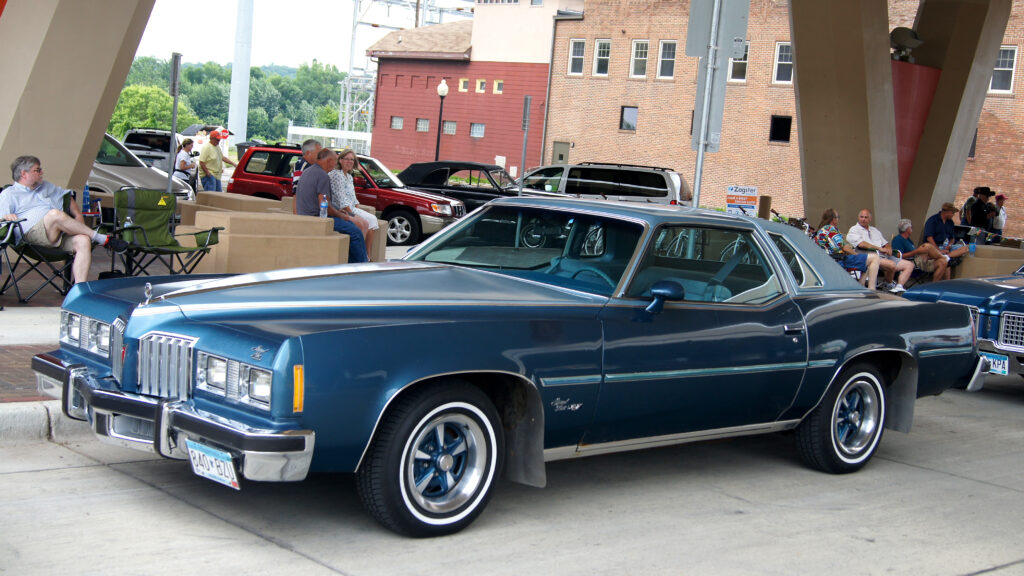
5. **Understanding Hybrid Transmission Problems**Another significant repair that can drain a hybrid owner’s finances relates to its unique transmission system. Many hybrid vehicles, particularly those focused on fuel efficiency, employ a special type of continuously variable transmission (CVT). Unlike traditional automatic transmissions with fixed gears, a CVT operates on an infinitely variable range of gear ratios, providing smoother acceleration and optimizing engine performance for fuel economy. While effective, the complexity of a CVT means that if it fails, it is far from a “simple fix.”
The cost associated with a CVT replacement in a hybrid can be exceptionally high, often rivaling or exceeding battery replacement costs. Steve, the experienced mechanic, shared an account of a customer whose Ford Fusion Hybrid required a transmission replacement. The final bill for this repair amounted to “almost $5,000.” This illustrates just how quickly a single, unexpected component failure can accumulate to a sum that significantly impacts a vehicle owner’s budget, especially for a vehicle purchased with the intent of saving money.
Prevention, once again, plays a crucial role in mitigating the risk of such a costly transmission failure. Driving habits exert a considerable influence on the longevity and health of a hybrid’s transmission. Aggressive driving, characterized by “hard acceleration and slamming on the brakes,” not only reduces fuel economy but also places undue stress and wear on the entire hybrid drivetrain, including the transmission. As Steve advises, “Smooth and steady driving keeps your battery and transmission happy,” emphasizing that a mindful approach behind the wheel can directly translate into prolonged component life and the avoidance of substantial repair bills. This proactive approach is key to maintaining the vehicle’s overall reliability and value.
Read more about: Anguish on the Freeway: 15 Compacts Buyers Wish They Never Drove Off the Lot
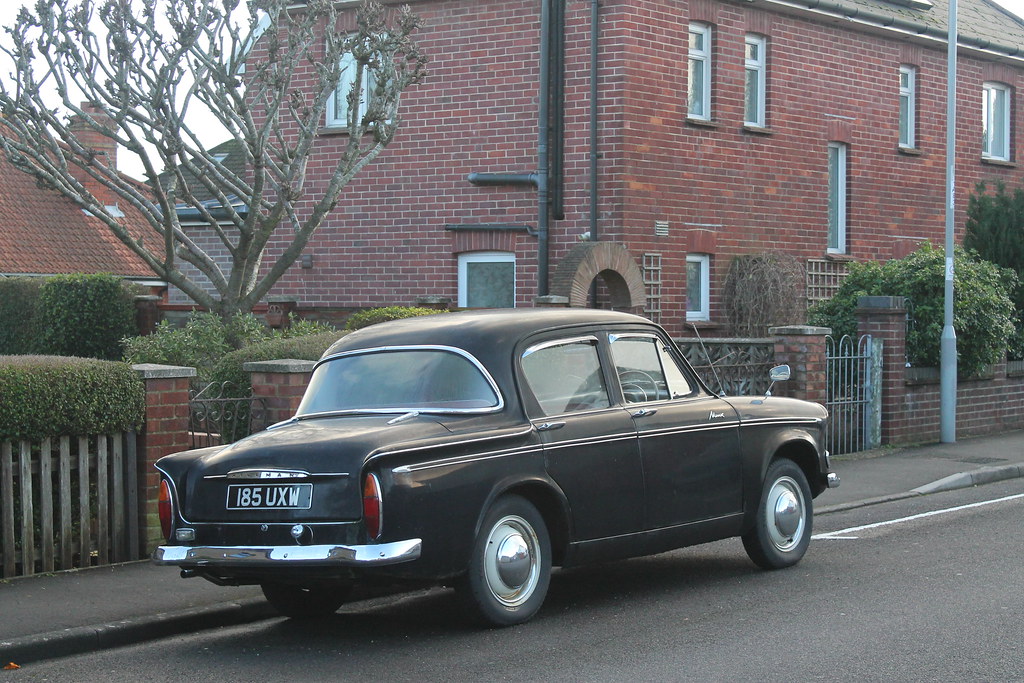
6. **Leveraging Your Hybrid Battery Warranty**A proactive approach to hybrid ownership crucially involves understanding and leveraging the vehicle’s battery warranty. United States law mandates that hybrids come with battery warranties lasting at least eight years or 100,000 miles, providing a fundamental layer of consumer protection against one of the most significant potential repair costs. This federal requirement sets a baseline, but many carmakers often extend this coverage, offering 10-year or 100,000-mile warranties, signaling confidence in their technology.
For consumers in specific regions, these warranty protections are even more robust. States that have adopted California Air Resources Board (CARB) standards—often referred to as CARB states—require extended battery warranty coverage for 10 years or 150,000 miles for all electrified vehicles, including hybrids. If a new car was purchased and titled in one of these states, owners might find their battery replaced under warranty for free, significantly reducing potential out-of-pocket expenses. Toyota, for instance, has implemented similar generous warranty terms across its entire range of electrified vehicles.
Checking a vehicle’s warranty status is, therefore, a crucial preliminary step for any hybrid owner facing a potential battery issue, or for anyone considering a used hybrid purchase. A valid warranty can drastically reduce or even eliminate the substantial financial outlay associated with hybrid battery replacement, transforming a potentially daunting repair into a manageable, covered service. This simple verification can make a tremendous difference in long-term ownership costs.
Ultimately, a robust hybrid battery warranty serves as a vital safeguard against the “money pit” scenario that many prospective hybrid owners fear. By being aware of the coverage and adhering to service guidelines, owners can ensure that their hybrid remains a financially sensible and environmentally friendly investment for years to come, offering peace of mind alongside enhanced fuel efficiency.
Read more about: Navigating the Electric Highway: What Drivers and Repair Bills Reveal About 15 Problematic EVs for New Owners
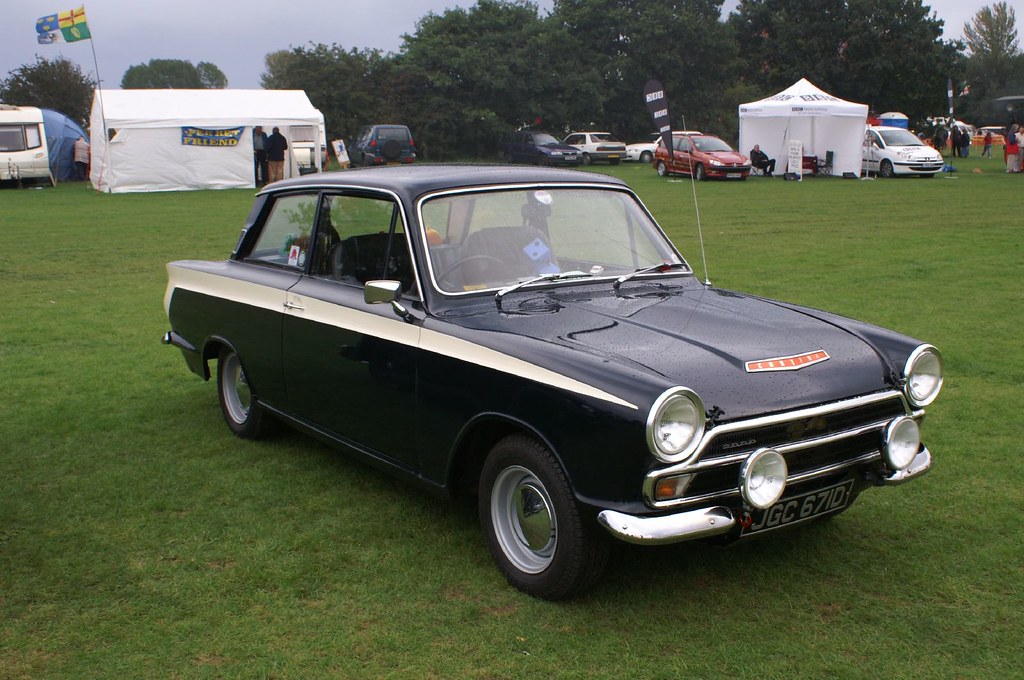
7. **Navigating Hybrid Battery Replacement Options: New, Refurbished, or Used?**When a hybrid battery eventually reaches the end of its operational lifespan, its replacement becomes a necessity, as the vehicle cannot simply run on gasoline alone. The battery is an integral part of the drivetrain, and its failure means the car is inoperable. Faced with this situation, hybrid owners have several distinct options for battery replacement: purchasing a new unit, opting for a refurbished or rebuilt pack, or acquiring a used battery, each presenting a different balance of cost, reliability, and expected longevity.
Your first and often most straightforward option is to purchase a new battery. In our experience, a new hybrid battery can cost around $4,000, though this figure can vary widely from $2,000 to $8,000 depending on the vehicle’s make and model, plus labor and taxes. While this represents a significant investment, a new battery typically restores the vehicle to optimal performance and efficiency, and with proper care, it can last for another decade or more, akin to the original component’s lifespan.
Another option gaining traction is the refurbished or rebuilt battery. Instead of purchasing an entirely new unit, this involves replacing dead cells within an existing battery pack with new ones. While unlikely to be offered directly by a dealership, many third-party specialists provide this service. Refurbished batteries are generally more budget-friendly, typically costing between $1,000 and $2,500 plus installation. Although they may not offer the same longevity as a brand-new battery, they provide a cost-effective solution for extending a hybrid’s life.
For those on a very tight budget, a used battery presents the cheapest alternative, often sourced from hybrid vehicles that have been in accidents. Prices for used batteries can be significantly lower, but this option also carries the highest risk. There are few guarantees regarding the remaining lifespan or performance of a used battery until it is installed and operational, making it a gamble that might not always pay off in the long run.
Considering whether it is “worth it to replace a hybrid battery” involves a comprehensive assessment. If the faulty battery is the sole significant problem with an otherwise well-maintained car, replacement can undoubtedly rejuvenate the vehicle. However, if an aging hybrid is simultaneously experiencing an increasing number of unrelated issues, the substantial investment in any type of battery replacement might not be financially prudent, leading some owners to consider other options.
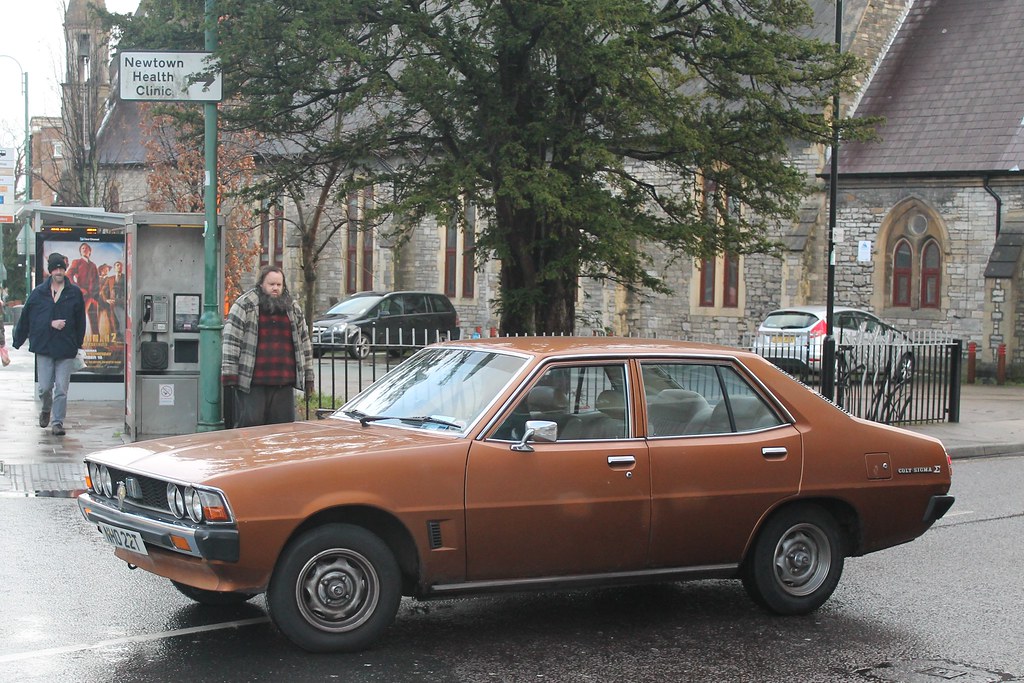
8. **Understanding OEM, Aftermarket, and Reconditioned Battery Choices**Beyond simply choosing between new, refurbished, or used, hybrid owners also encounter choices regarding the source and type of battery technology—specifically, Original Equipment Manufacturer (OEM), aftermarket, and reconditioned units. Each category offers a distinct proposition in terms of cost, quality assurance, and long-term performance, making an informed decision crucial for the vehicle’s future reliability.
OEM batteries are produced by the original vehicle manufacturer, designed and engineered specifically for particular hybrid car models. These batteries are known for their reliability, precise compatibility, and often come with comprehensive warranty coverage, ensuring they meet the stringent specifications set by the original manufacturer. Choosing an OEM battery provides the highest level of assurance regarding quality, performance, and seamless integration with the vehicle’s complex systems, fulfilling expectations for a reliable, manufacturer-tested product.
In contrast, aftermarket hybrid car batteries are manufactured by third-party companies. These alternatives aim to be compatible with various vehicle models and often present a more cost-effective option, typically ranging from $1,000 to $3,500. While aftermarket batteries can offer customization or even enhanced performance in some niche cases, their quality can vary significantly. Consumers considering an aftermarket battery should conduct thorough research into the manufacturer’s reputation, product reviews, and warranty terms to ensure a dependable purchase.
Reconditioned hybrid batteries, as discussed, are used units that have undergone a restoration process to bring them back to acceptable performance levels. These typically involve replacing faulty cells. While they present a significant cost saving compared to new batteries, typically between $1,500 and $3,000, they may offer lower overall performance and a shorter lifespan than brand-new units. The National Renewable Energy Laboratory (NREL) has indicated that many drivers successfully utilize reconditioned batteries, but verifying the refurbishing process and associated warranty is essential.
When making a choice, consumers must weigh various factors, including the initial price, the length and scope of the warranty, desired performance characteristics, and personal brand loyalty. The availability of aftermarket options is growing, with projections for a 6% annual growth in the market, reflecting consumer interest in cost-effective alternatives. However, due diligence, including researching battery specifications and reading customer reviews, is strongly recommended before committing to a purchase to ensure vehicle longevity and safety.
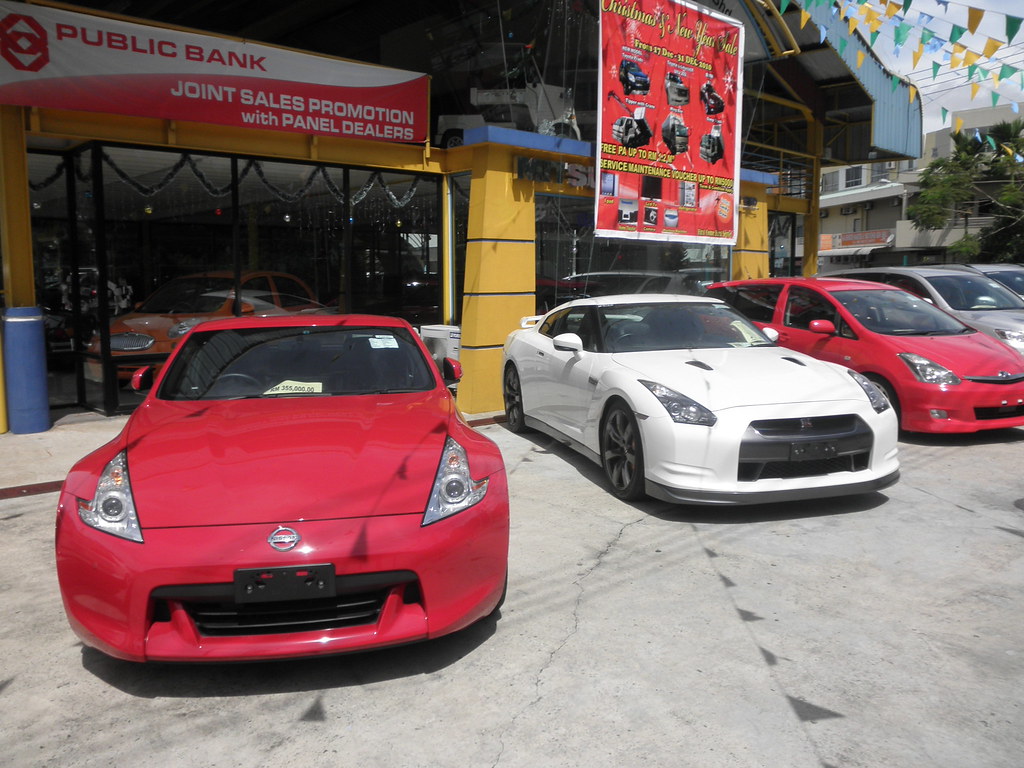
9. **The Critical Role of Professional Hybrid Service and Avoiding DIY Dangers**Given the intricate interplay of gasoline and high-voltage electrical systems, hybrid vehicles demand a level of specialized care that goes beyond what a typical conventional car requires. As Steve, our seasoned mechanic, wisely points out, “hybrids are part gas, part electric, and that means twice as many systems working together.” This complexity includes high-voltage components, sophisticated computers, and specialized parts that not every general mechanic is equipped or trained to handle effectively.
Attempting do-it-yourself (DIY) repairs on a hybrid’s high-voltage systems carries significant risks and is strongly discouraged. Steve recounts a stark warning: “I once had a young guy try to replace his hybrid battery at home after watching some YouTube videos. Let’s just say he ended up with a pretty nasty shock and still had to tow his car in.” This anecdote underscores a critical safety message: high-voltage systems are not a joke and can cause severe injury or even fatality if not handled by trained professionals with the correct safety equipment.
For consumers seeking reliable hybrid service, choosing the right repair shop is paramount. It is crucial to look for establishments that prioritize specialized training and equipment. Key indicators of a reputable hybrid service center include “ASE-certified mechanics with hybrid training,” demonstrating a commitment to advanced automotive knowledge. Additionally, the shop should “invest in proper high-voltage equipment” necessary for safely diagnosing and repairing hybrid components. Crucially, they should offer a “warranty on hybrid-specific parts and repairs” and possess a “good local reputation,” easily verifiable through reviews and recommendations.
While tackling basic maintenance tasks such as checking tire pressure, changing air filters, or topping off fluids can be safely managed by an owner, any work involving the core hybrid components, particularly the high-voltage battery or inverter systems, must be left to certified professionals. Entrusting these specialized repairs to experts not only safeguards against personal injury but also ensures the correct diagnosis and repair, preserving the hybrid’s intricate engineering and preventing further, more costly damage.
Read more about: Steer Clear of the Sales Pitfalls: 14 Dealer Tactics to Master Before Buying Your Next Car
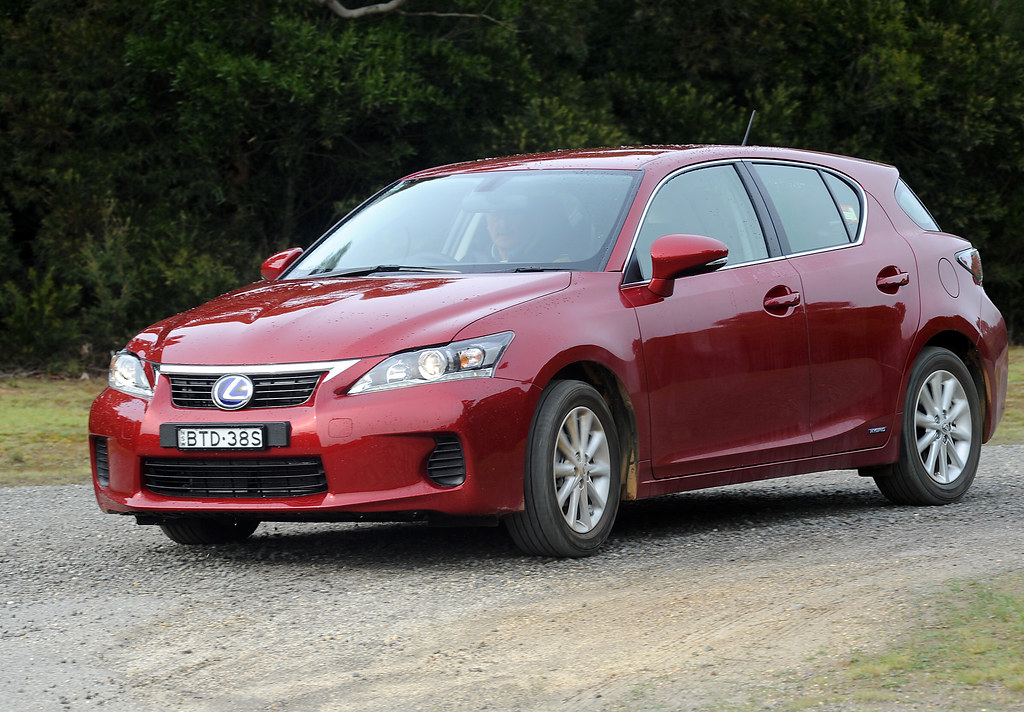
10. **Proactive Hybrid Maintenance and Smart Driving Habits for Longevity**Avoiding the significant repair bills associated with hybrid vehicles ultimately hinges on a combination of diligent preventive maintenance and mindful driving habits. As Steve emphatically states, “prevention is always cheaper than repair.” By adopting a proactive approach, hybrid owners can significantly extend the lifespan of their vehicle’s critical components and maintain its fuel efficiency, effectively preventing it from becoming an unexpected “money pit.”
Maintaining battery health is at the forefront of this preventive strategy. Hybrid batteries are sensitive to extreme temperatures, so avoiding prolonged parking in “blazing heat” can mitigate degradation. A simple yet vital task is to get the “battery cooling fan cleaned every couple of years.” Steve shares a pertinent example where neglected cleaning, due to dog hair clogging a Honda Accord Hybrid’s cooling system, led to an overheated battery and a substantial loss of capacity. Regular battery health checks during routine service also help detect issues early.
Beyond the battery, other essential maintenance items demand attention. Although hybrids benefit from regenerative braking, which makes brake pads last longer, regular inspections are still crucial to address potential issues like rust, dirt, and sticky calipers. Equally important is staying on top of “coolant flushes.” Old coolant can become acidic over time, corroding and damaging expensive high-voltage components such as the battery or inverter, transforming a routine service into a costly repair. Steve likens this neglect to “skipping water for your body—it just doesn’t end well.”
Furthermore, embracing technological updates and smart driving practices contribute significantly to longevity. Many hybrids receive software updates that “improve efficiency and protect components,” directly preventing issues like overheating. Consumers who have had these quick software patches have saved thousands. Crucially, mindful driving habits are a powerful preventive measure. “Hard acceleration and slamming on the brakes” not only reduce fuel economy but also place undue stress on the entire hybrid drivetrain, including the transmission. As Steve advises, “Smooth and steady driving keeps your battery and transmission happy,” directly translating into prolonged component life and the avoidance of substantial repair bills, securing the vehicle’s long-term value.
Read more about: Before You Buy: The 14 Essential Checks Your Mechanic Insists You Make on Any Used Convertible
Hybrids, with their innovative blend of gasoline and electric power, truly represent a smart choice for many drivers seeking efficiency and a reduced environmental footprint. However, as this comprehensive guide has detailed, realizing these benefits over the long term requires informed ownership and a commitment to preventive care. The potential for substantial repair costs, particularly concerning the advanced battery and electrical systems, is a reality that cannot be overlooked. Yet, by understanding the signs of impending issues, leveraging warranties, exploring various replacement options, entrusting complex repairs to qualified professionals, and adopting smart maintenance and driving habits, owners can confidently navigate the complexities of hybrid technology. Investing in a hybrid means investing in a future of efficient transportation, and with the right knowledge and proactive measures, it can indeed be a remarkably rewarding journey, free from the specter of unexpected financial strain. Informed decisions today pave the way for a reliable and economical drive for years to come.



